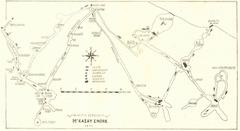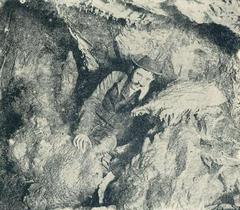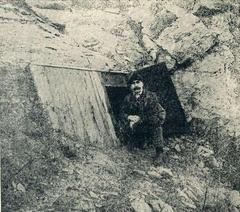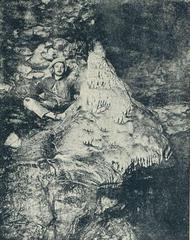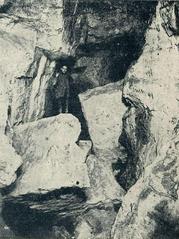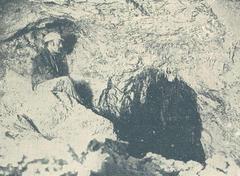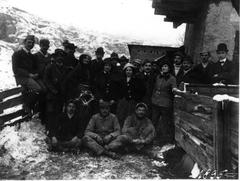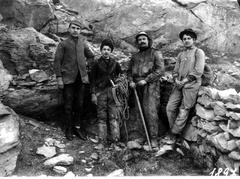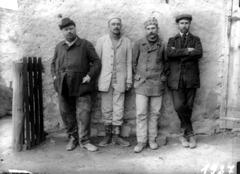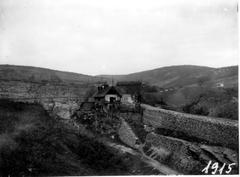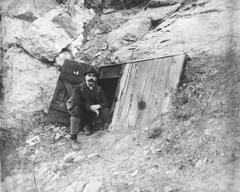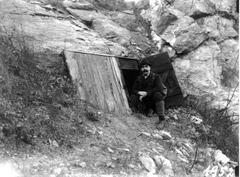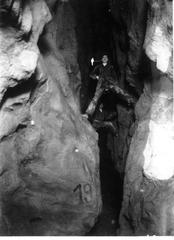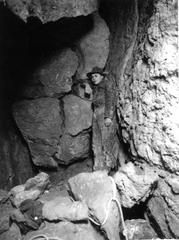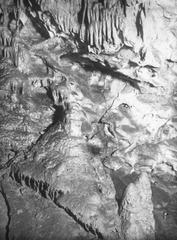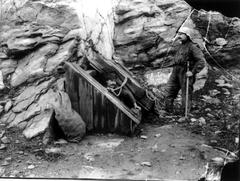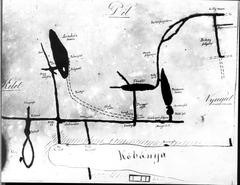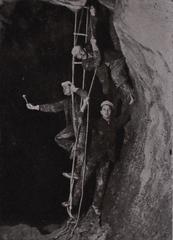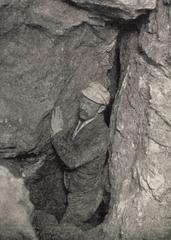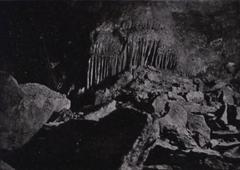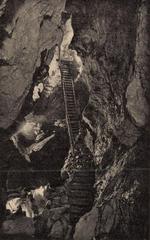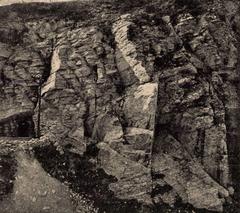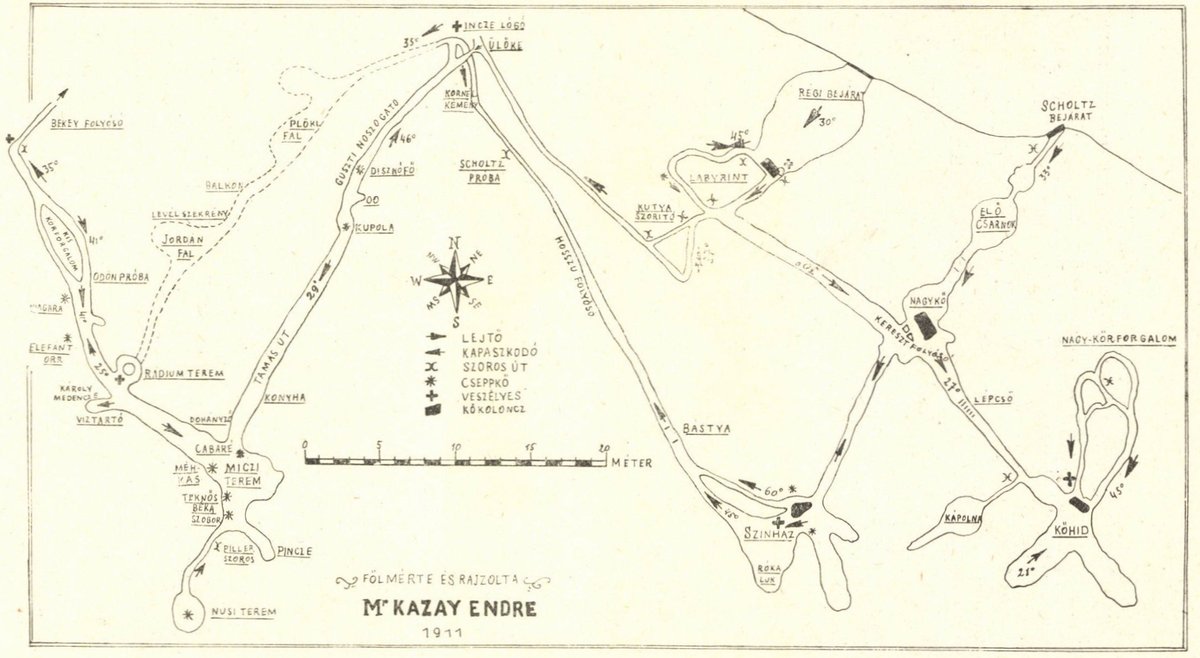
Pál-Völgy Cave Visiting Hours, Tickets, and Budapest Historical Sites Guide
Date: 14/06/2025
Introduction to Pál-Völgy Cave
Nestled in the scenic Buda Hills of Budapest, Pál-Völgy Cave is Hungary’s longest cave system, boasting over 31 kilometers of mapped passages. Discovered in 1904 by quarry workers, the cave is both a geological marvel and a cultural icon. With its spectacular dripstone formations, constant cool microclimate, and unique biodiversity, Pál-Völgy is a testament to the dynamic interplay of natural forces and human history. Today, it serves as a site for scientific research, a refuge for rare species, and a premier destination for both tourists and locals seeking to explore Budapest’s hidden depths (Budapestinfo.hu; Visit Budapest).
The cave’s importance extends beyond its natural beauty. Integrated into the Duna-Ipoly National Park, Pál-Völgy Cave is protected for its geological, ecological, and historical significance (Hungarian Speleological Society; Hungarian National Parks). Its chambers, such as the Theatre Hall and Giant’s Hall, inspire local legends and have played roles in wartime history. Easily accessible from the city center, the cave is an essential stop for visitors interested in both natural wonders and Budapest’s rich cultural heritage (Természetjáró; dunaipoly.hu).
This guide provides all the essential details for visiting Pál-Völgy Cave, including hours, ticketing, accessibility, conservation, and nearby attractions.
Contents
- Discovery and Historical Background
- Geological Significance and Cave Formation
- Unique Natural Features
- Conservation, Research, and UNESCO Status
- Visitor Information: Hours, Tickets, Accessibility
- Guided Tour Experience
- Facilities, Safety, and Travel Tips
- Nearby Attractions
- Frequently Asked Questions (FAQs)
- Conclusion and Further Resources
Discovery and Historical Background
Pál-Völgy Cave was uncovered in 1904 during limestone quarrying in the Buda Hills. Early explorations by speleologists such as Károly Kessler and Pál Szentiványi mapped its labyrinthine passages, quickly establishing the cave as a scientific and public curiosity. By the 1920s, systematic surveys revealed the cave’s significant length, making it a central site for Hungarian speleology (Hungarian Speleological Society).
The cave’s history is interwoven with the city’s own. It served as an air-raid shelter during World War II, with its passages offering refuge and later undergoing modifications for visitor safety. Since opening to the public in 1919, Pál-Völgy Cave has been a popular educational and recreational destination, inspiring local legends, art, and folklore.
Geological Significance and Cave Formation
Located in the heart of the Buda Hills, Pál-Völgy Cave was formed by the dissolution of Triassic limestone through the action of slightly acidic water over millions of years—a process known as karstification (Hungarian Cave Association). The cave’s development was influenced by tectonic movements that created fractures, guiding water flow and shaping its winding corridors, vertical shafts, and chambers (Hungarian Geological Society).
The cave’s extension over 31 kilometers, its intricate architecture, and its rich variety of mineral formations make it a key site for geological research in Central Europe (Visit Budapest).
Unique Natural Features
Speleothems and Rare Formations
Pál-Völgy Cave is renowned for its diverse speleothems:
- Stalactites and Stalagmites: Created by dripping water depositing calcium carbonate, these formations adorn the ceilings and floors.
- Columns: Formed when stalactites and stalagmites meet.
- Helictites: Rare, gravity-defying twists caused by capillary water movement.
- Cave Pearls and Rimstone Pools: Calcite balls and terraced pools, formed by mineral-rich water (Show Caves of Hungary; Hungarian National Parks).
Fossils and Sedimentary Layers
The cave walls reveal fossilized marine life, such as brachiopods and ammonites, remnants of a prehistoric sea, and unique sedimentary layering that records ancient environmental events (Hungarian Geological Society).
Signature Chambers
- Theatre Hall: Known for its acoustics and dramatic formations.
- Giant’s Hall: Boasts towering columns and vast space.
- Fairyland and Witches’ Kitchen: Popular for their whimsical formations and local legends (Visit Budapest).
Microclimate and Biodiversity
A stable 11°C (52°F) temperature and high humidity support specialized cave fauna, including bats, spiders, and crustaceans. The cave’s ecosystem is protected and monitored for conservation (Hungarian Cave Association).
Conservation, Research, and UNESCO Status
Since 1993, Pál-Völgy Cave has been part of the Duna-Ipoly National Park, protected for its geological and ecological value (Hungarian National Parks). Stringent conservation measures include:
- Limiting public access to designated tour routes (approx. 500 meters out of 32 km total)
- Strict rules on touching formations and littering
- Carefully controlled lighting to prevent algae growth
In 2013, Pál-Völgy and other Buda caves were added to the UNESCO World Heritage Tentative List as part of the “Caves of the Buda Thermal Karst” (UNESCO Tentative List). Ongoing research expands knowledge of karst processes and local paleontology, and environmental monitoring helps maintain optimal conditions (outdooractive.com).
Visitor Information: Hours, Tickets, and Accessibility
Visiting Hours
- Standard Schedule: Guided tours run Tuesday to Sunday, hourly from 10:15 am to 4:15 pm.
- Closed: Mondays (except certain holidays) and on major public holidays.
- Last Entry: Tickets must be purchased at least 10 minutes before the desired tour time (dunaipoly.hu).
Tickets
- Purchase: On-site at the ticket office or online; advance booking advised for combined tickets or Budapest Card holders.
- Pricing: Varies by age and group size; discounts for children, students, seniors, and groups (Természetjáró).
- Special Notes: Children under 5 years or shorter than 115 cm are not permitted for safety reasons.
Accessibility
- Physical Accessibility: Not suitable for wheelchairs or those with limited mobility due to stairs, narrow passages, and elevation changes.
- Family/Group Suitability: Recommended for children over five; engaging for families and school groups.
- Language: Tours in Hungarian and English; English tours require advance booking in peak season.
Guided Tour Experience
All visits are guided to ensure safety and conservation. The standard tour covers around 500 meters and lasts 45–60 minutes, featuring the cave’s most impressive chambers and formations. Guides share insights into geology, history, and legends, and highlight playful traditions such as the Witches’ Kitchen legend (Természetjáró).
- Preparation: Dress warmly (cave is 11°C year-round) and wear sturdy, non-slip shoes.
- Photography: Allowed in designated areas, but flash may be restricted.
- Safety: Follow guide instructions, stay with the group, and avoid touching formations.
Facilities, Safety, and Travel Tips
Facilities
- Entrance Area: Snack bar, pub, restrooms available at the entrance.
- Getting There: Easily reached by public transport (bus 65 from Széll Kálmán tér) or by car; parking is limited (justbudapest.com).
Safety Guidelines
- Not suitable for strollers, heart or respiratory conditions, or claustrophobia.
- Maintain group cohesion and heed all safety instructions.
Travel Tips
- Arrive early, especially in peak season or on weekends.
- Bring a small flashlight for extra visibility.
- Plan for nearby attractions in the Buda Hills, such as Szemlő-hegyi Cave and Kiscelli Park.
Nearby Attractions
- Szemlő-hegyi Cave: Known as “Budapest’s flower garden,” another fascinating show cave.
- Buda Castle and Matthias Church: Key historical sites in the city center.
- Thermal Baths: Budapest’s world-famous spas, such as Lukács and Széchenyi.
- Kiscelli Park: Ideal for picnics and outdoor relaxation after your cave tour.
Frequently Asked Questions (FAQs)
Q: What are the visiting hours of Pál-Völgy Cave?
A: Guided tours run Tuesday to Sunday, hourly from 10:15 am to 4:15 pm. Closed on Mondays and major public holidays (dunaipoly.hu).
Q: How do I buy tickets?
A: Purchase on-site or online. Advance booking recommended for combined tickets or Budapest Card.
Q: Are guided tours available in English?
A: Yes, with advance booking during peak seasons.
Q: Is the cave accessible for people with disabilities?
A: Due to natural terrain, the cave is not wheelchair accessible.
Q: Can children visit the cave?
A: Yes, for children over five and taller than 115 cm.
Q: What should I wear?
A: Warm clothing and sturdy, non-slip shoes.
Conclusion
Pál-Völgy Cave offers a unique journey through geological time beneath Budapest’s surface. As Hungary’s longest accessible cave, it combines world-class natural formations, rich history, and a commitment to conservation and education. Plan your visit by checking current hours and ticket options, prepare for a cool underground adventure, and discover why Pál-Völgy is a cornerstone of Budapest’s natural and historical heritage.
For the latest updates, guided tour schedules, and special events, download the Audiala app and follow us on social media. Explore related articles for more on Budapest’s caves and karst landscapes.
Sources and Further Reading
- Budapestinfo.hu
- Hungarian Speleological Society
- Visit Budapest
- Hungarian National Parks
- Természetjáró
- dunaipoly.hu
- outdooractive.com
- justbudapest.com
- visithungary.com
